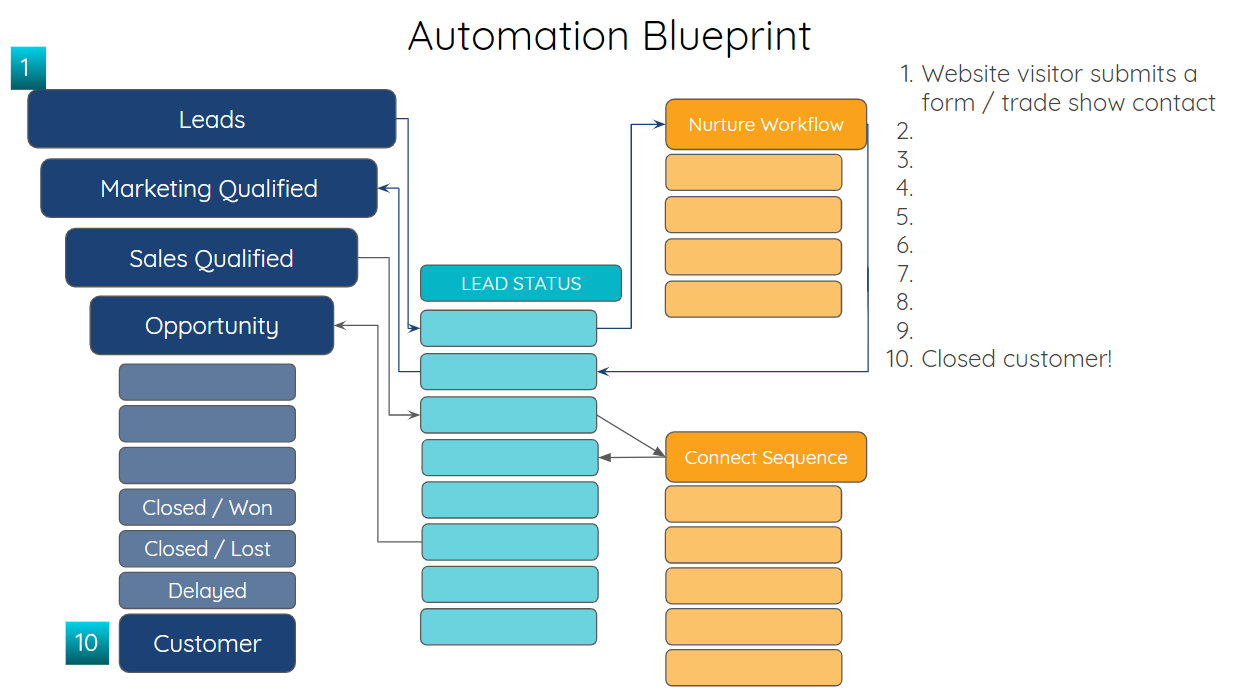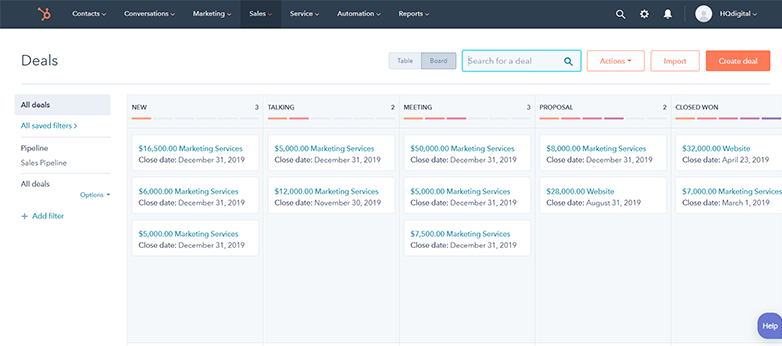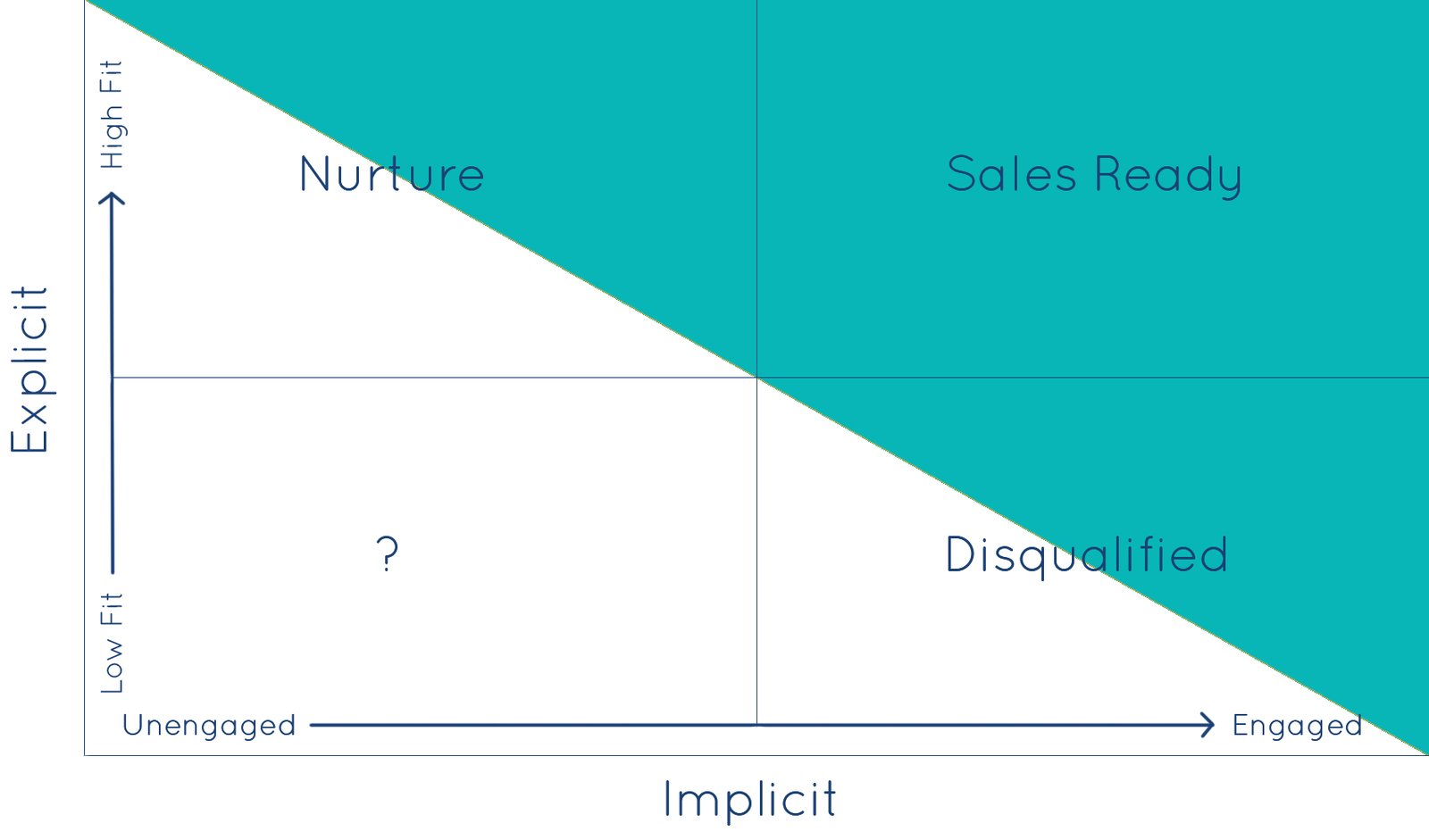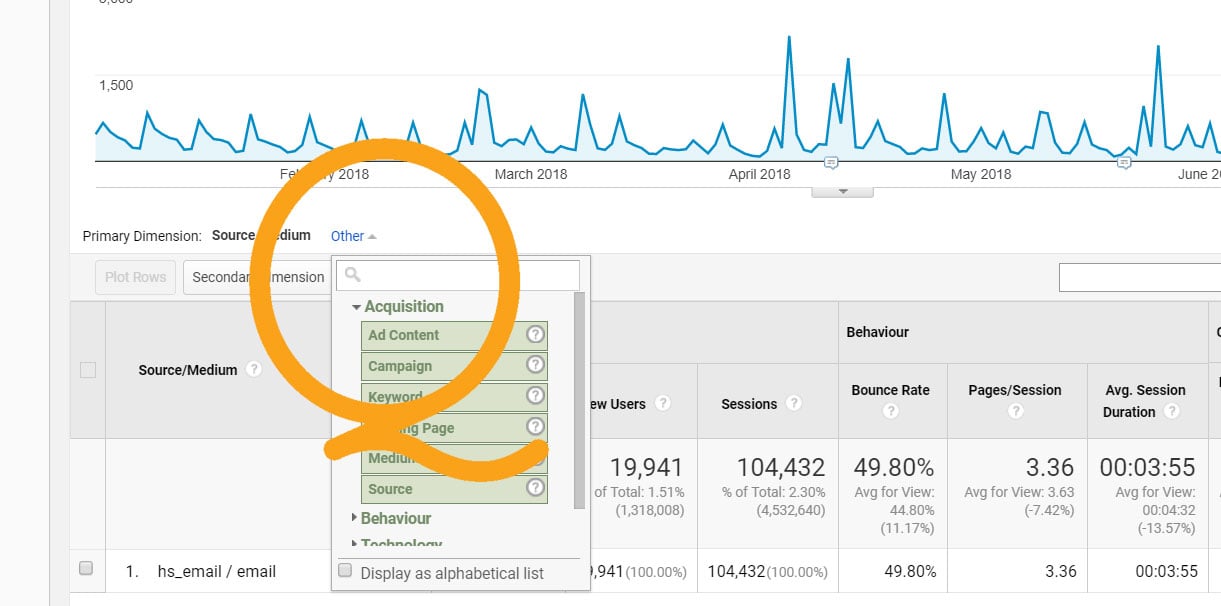
Email marketing remains one of the most effective and measurable channels for B2B marketing teams. But the way businesses create, send, and analyze emails is rapidly evolving, driven by AI, consumer behavior, privacy regulations, and new technologies.
In 2025, B2B email marketing success isn’t just about sending newsletters - it’s about delivering hyper-personalized, automated, and data-driven experiences that resonate with every prospect in the funnel.
In today's blog post, we’ll explore the top B2B email marketing trends and show you how to use HubSpot’s tools to implement them successfully, whether you’re generating leads, nurturing MQLs, or accelerating deal velocity.
📈 Trend #1: Hyper-Personalization Beyond First Name
Surface-level personalization is a thing of the past. Gone are the days of inserting a first name token and calling it personalization. Today’s B2B buyers expect content that aligns with their industry, role, and stage in the buying journey.
How to Use HubSpot:
- Smart Content: Use HubSpot’s smart content modules in your email templates to show different messaging based on contact properties (e.g., industry, lifecycle stage, or job title).
- Dynamic Lists & Segments: Build segmented lists using filters like “Job Title contains ‘VP’” or “Industry is SaaS” and tailor email content to these personas.
- Personalization Tokens: Go beyond [first name] and use tokens like [company.name], [job title], or [last webinar attended] for deeper engagement and connection with your prospects.
Results to Expect:
Higher open and click-through rates, with more qualified leads entering your pipeline.
🤖 Trend #2: AI-Powered Email Writing and Optimization
Marketers are under pressure to produce more content with fewer resources. AI helps teams write compelling subject lines, CTAs, and body copy so much faster.
How to Use HubSpot:
- AI Content Assistant: Use HubSpot’s built-in AI tools to draft cold outreach, newsletters, or lead nurturing emails. Simply enter a prompt, and the assistant generates content in seconds.
- Subject Line Suggestions: Ask the AI to rewrite or suggest engaging subject lines based on your content and audience.
- A/B Testing: Use A/B testing features to test subject lines, layouts, or CTAs. HubSpot can automatically send the winner to the rest of your list.
Results to Expect:
Faster email production with consistent messaging quality and higher open and clickthrough rates over time.
📲 Trend #3: Mobile-First, Skimmable Email Design
More than 60% of emails are now opened on mobile devices, even in B2B. Short paragraphs, big buttons, and responsive layouts are no longer optional.
How to Use HubSpot:
- Responsive Templates: Use HubSpot’s mobile-optimized email templates, which automatically adjust for screen size.
- Drag-and-Drop Builder: Design emails with a clean layout, large headlines, and concise body copy. Use the preview tool to test across devices before sending.
- Smart Buttons: Insert clear, clickable CTAs like “Schedule a Demo” or “Download the Report” that are easy to tap on any screen.
Results to Expect:
Improved user experience and engagement, especially during off-hours or weekends.
⏱ Trend #4: Behavior-Based Automation & Email Triggers
Instead of relying on mass sends, savvy marketing teams are using trigger-based email automation tied to specific digital behaviors such as website visits, form submissions, and email opens.
HubSpot shines in this area.
How to Use HubSpot:
- Workflows: Build automation sequences triggered by actions such as visiting a pricing page, downloading content, or attending a webinar.
- Lead Nurturing Sequences: Create multi-step workflows with delays, branches, and goal tracking to guide leads from awareness to consideration to decision.
- CRM Integration: Use data from Sales Hub to trigger follow-up emails post-demo or after a deal stage change.
Results to Expect:
Timely, relevant emails that feel 1:1, even at scale. Expect better MQL-to-SQL conversion rates and shorter sales cycles.
Pro Tip: Recycle and upcycle your top email content in trigger-based automated email campaigns.
🔒 Trend #5: Privacy-First Email Marketing
With stricter privacy laws in play (GDPR, CCPA, and others), marketers must respect inboxes and build trust through transparency.
How to Use HubSpot:
- Double Opt-In: Enable double opt-in for email lists to confirm that contacts truly want to hear from you.
- Subscription Preferences: Let users choose their email frequency or topics with HubSpot’s subscription management pages.
- Unsubscribe Compliance: HubSpot automatically includes CAN-SPAM-compliant unsubscribe links and tracks consent history.
Results to Expect:
A healthier email list, better deliverability, and a shorter sales cycle. This leads to overall better engagement over time, as your list genuinely wants to hear from you.
Get Started Now
Email marketing best practices and trends are constantly evolving. Staying on top of these trends can help your organization boost results in a short period of time.
Whether you’re looking to generate better leads, write higher-performing content, or close more deals, HubSpot’s AI tools are designed to support you every step of the way.
Want to learn more about the power of HubSpot to boost and streamline organizational growth? Book a meeting with our award-winning HubSpot consultancy now.








